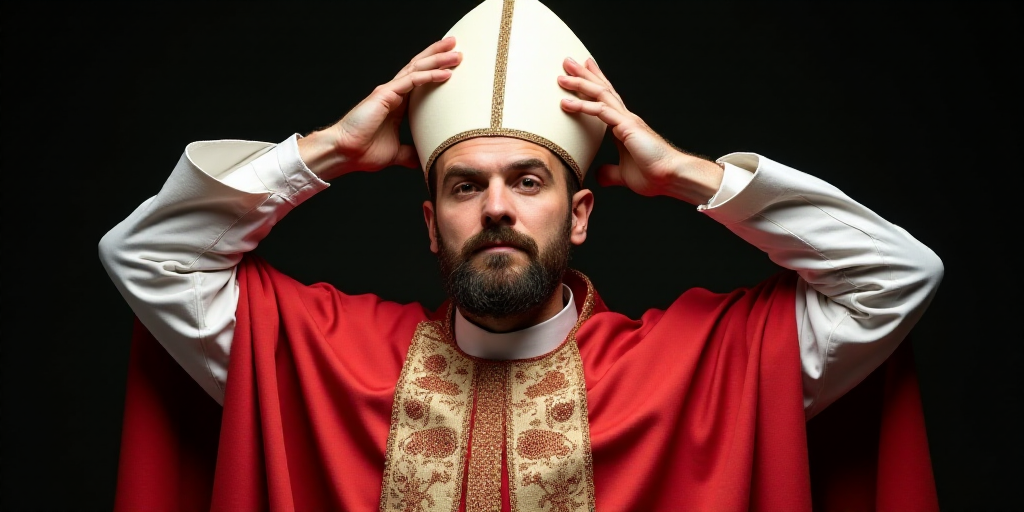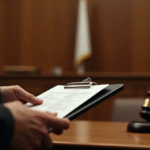Introduction
As the world isolates itself from the proceedings, the cardinals chosen to elect the next Pope have received detailed instructions on how the conclave will unfold. A key aspect of these guidelines is the strict prohibition against bringing mobile phones or any other communication devices into the Sistine Chapel, where the future leader of over a billion Catholics will be chosen.
The Journey Begins
The countdown to this historic event begins today with rigorous formality. The cardinals will gather at Casa Santa Marta, a modern residence within the Vatican that will serve as their isolated home and sanctuary throughout the conclave. There, they will occupy their rooms, cut off from any external contact: no press, no television, no phone calls, emails, or social media interactions. Their focus must be absolute.
At 10:00 a.m. (2:00 a.m. CDMX time) today, the College of Cardinals will depart collectively from Santa Marta to St. Peter’s Basilica for the co-celebration of the Mass pro eligendo Romano Pontífice (for the election of the Roman Pontiff), a crucial liturgy invoking the guidance of the Holy Spirit.
The High Point of Solemnity
As the day progresses, solemnity reaches a peak when the cardinals, departing from the Pauline Chapel, proceed to the Sistine Chapel. Shortly after five in the evening, the historic Latin phrase “Extra omnes” (Everyone out) will be uttered by the Master of Pontifical Liturgical Celebrations. At that moment, all individuals not part of the conclave must leave the chapel, which will then be sealed, isolating the electors in prayer and deliberation. The first scrutiny will then commence.
The initial day of voting will be limited to a single scrutiny, often considered a trial vote to gauge initial strengths. Subsequent days will intensify with four daily scrutinies: two in the morning and two in the afternoon.
Before beginning, each cardinal, with hand over the Holy Gospels, will swear to maintain strict secrecy about everything that transpires during the voting.
Who are the Participants?
According to Vatican spokesperson Matteo Bruni, 131 cardinals will participate in the election following the retirement of two for health reasons: Spanish Antonio Cañizares Llovera, emeritus archbishop of Valencia, and likely Kenyan John Njue, emeritus archbishop of Nairobi.
Voting Requirements
With this number, to become Pope, one needs at least 88 votes—a qualified two-thirds majority plus one. If after 34 scrutinies no candidate reaches this figure, the process will change: voting will occur between the two most-voted cardinals in the last scrutiny. These two will not vote during this phase, and still require two-thirds of the remaining support for election.
Meticulous Organization
The conclave’s organization is meticulous. Four groups of three cardinals each will assume specific roles: the Revisors will oversee voting; the Scrutiners will collect votes; the Infirmarii will gather votes from sick cardinals residing in Santa Marta unable to travel to the Sistine Chapel, as well as review votes; and the Ceremoniers will distribute ballots to each elector.
The Voting Process
The voting paper is rectangular, bearing the Latin phrase “Eligo in Summum Pontificem” (I elect as Supreme Pontiff). The voting process is a symbolic ritual: each cardinal secretly writes their chosen name, folds the paper twice, holds it aloft for all to see, and in order of precedence, proceeds to the altar.
There, after taking an oath, they place the paper on a paten and slide it into the urn. There are three silver and bronze urns: one for present voters’ papers, another for sick cardinals’ votes, and a final one to mix all papers before scrutiny and subsequent burning.
After each round of voting, the papers and cardinals’ notes are burned in a special stove installed in the Sistine Chapel. The resulting smoke, visible from St. Peter’s Square, is the only communication with the outside world.
- Black or gray smoke: No Pope yet.
- White smoke: Habemus Papam! We have a Pope!
Once a cardinal secures the necessary 88 votes, the Cardinal Decanus or the next most senior cardinal will approach the elected one with two crucial questions: “Acceptasne electionem de te canonice factam in Summum Pontificem?” (Do you accept your canonical election as Supreme Pontiff?) If the chosen one responds “Accepto” (I accept), they instantly become the new Pope. The second question is: “Quo nomine vis vocari?” (What name do you wish to be called?)
Following acceptance and naming, the new Pope retires to the Sixtine Chapel’s Sala delle Lacrime (Chapel of Tears), where he dons the white papal vestments for the first time.
The Cardinal Protodiaconus—currently French Dominique Mamberti—will peer from St. Peter’s Basilica central balcony to announce the eagerly awaited formula: “Annuntio vobis gaudium magnum: Habemus Papam!” (I announce to you great joy: We have a Pope!)






